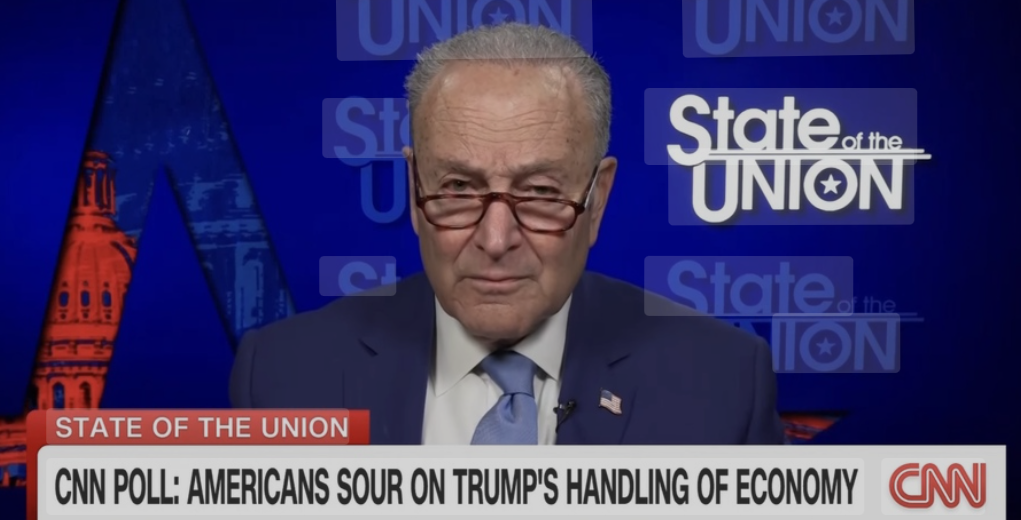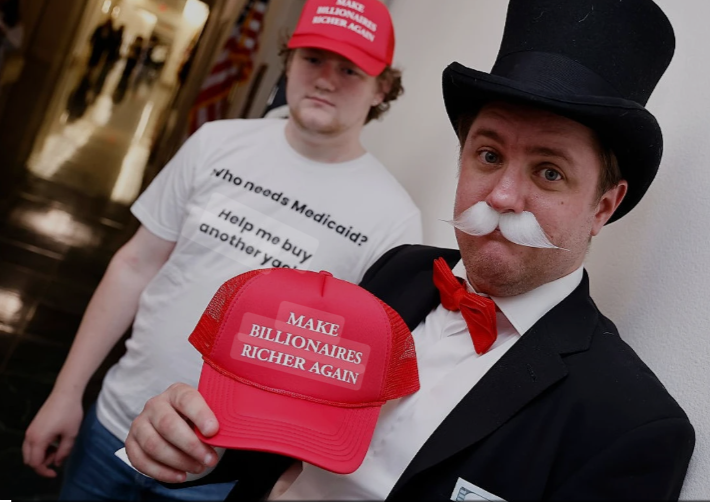In the fight to preserve American democracy, every protest sign, every phone call to Congress, every impassioned blog post, and every social media post opposing Donald Trump serves a singular purpose: to show that what Trump is doing isn’t just wrong—it’s wildly unpopular. Because whether we like it or not, in politics, popularity translates into power.
History has taught us that mass mobilization—marches, grassroots outreach, pressure campaigns—doesn’t always guarantee immediate change. But one thing is certain: meaningful political change has never happened without them. Public outcry is the fuel that moves the political needle, and right now, that needle must swing decisively against authoritarianism and chaos.
The good news? The public is paying attention, and Trump’s poll numbers reflect that. Despite a mainstream media landscape too often reluctant to confront the authoritarianism overtaking the Republican Party, Trump’s relentless attacks on democratic institutions, his economic mismanagement, and his vindictive leadership style are pushing him to record-breaking unpopularity. In fact, he has now managed to break the one record he already held: becoming the most unpopular president in modern U.S. history—for a second time.
Trump is polling poorly on nearly every major issue: the economy, foreign policy (including the ongoing war in Ukraine), and immigration. His approval is deep underwater, and yet, the Republican Party continues to stand firmly behind him, supporting policies that have alienated the American people: sweeping tariffs, attacks on the press, persecution of political enemies, and the erosion of voting rights.
It’s a moment of tremendous opportunity—and staggering risk.
Let’s look back for context. In the 2018 midterm elections, when Trump was significantly more popular than he is today, Democrats gained a stunning 41 seats in the U.S. House of Representatives—the largest midterm pickup for the party since the post-Watergate era. That victory was driven by energized voters, inspired leadership, and record-high enthusiasm for Democratic candidates.
Fast forward to today. Despite Trump’s collapsing numbers and increasing political chaos, Democrats are not generating the same momentum. And that is deeply alarming.
Why? Because Republicans aren’t reacting with fear. They aren’t adjusting their positions or distancing themselves from Trump. They aren’t panicking. Instead, they remain locked in, emboldened by one devastating truth: the Democratic Party’s favorability ratings are even lower than Trump’s.
In March, Democratic Party polling hit an all-time low—the worst ever recorded for either major party. And that low came as Trump was actively dismantling legal norms, deporting individuals without due process, and undermining America’s global alliances. Even with all that chaos, voters are not turning to the Democrats as the solution.
Let that sink in.
Polls continue to show that despite Trump’s authoritarian behavior and unpopularity, voters still view the Democratic Party as indecisive, reactive, and uninspiring. And as a result, head-to-head matchups show Republicans maintaining—if not expanding—their foothold in Congress.
This is a failure of political leadership.
We cannot afford another election cycle where Democratic leaders expect Trump to self-destruct and assume that will be enough. Hope is not a strategy. Silence is not a message. Inaction is not a campaign plan.
Where is the fight? Where is the passion? Where is the vision?
In 2018, Democrats succeeded because they offered a bold alternative. They showed up—in the streets, in the press, in the communities—and made clear they were ready to govern. Today, that urgency is lacking. Voters want a party that will stand up for their rights, their families, and their future. They want leaders who are willing to confront extremism head-on, not tiptoe around it.
Democratic leaders must be present at the protests, not observing from the sidelines. They must dominate media cycles with bold truth-telling and unapologetic advocacy for democracy, justice, and economic fairness. They must challenge Republicans in every town hall, every televised debate, every policy hearing. They must be loud, clear, and fearless.
This is not a time for playing defense. It is a time to lead.
Donald Trump’s second term represents an existential threat to American democracy. The stakes could not be higher. And yet, Democratic leadership appears more focused on managing internal divisions than on inspiring national unity against authoritarianism.
The American people are not asking for perfection. But they are demanding courage. They are demanding clarity. They are demanding a Democratic Party that is not only willing to oppose Trump but able to articulate a better, more hopeful vision for the nation.
Every day, more voters—many of them former Trump supporters—are realizing they’ve been deceived. They are open to change. They are seeking an alternative. But unless Democrats step up, show up, and lead with the boldness this moment requires, someone else will fill that vacuum.
This is the moment to change the course of history. This is the moment to reclaim the narrative, mobilize the base, and restore trust. Democrats still have time—but that window is closing fast.
The path forward is clear: Lead with strength, speak with passion, fight with purpose.
Because if Democrats fail to meet this moment, the consequences for our democracy may be irreversible.



